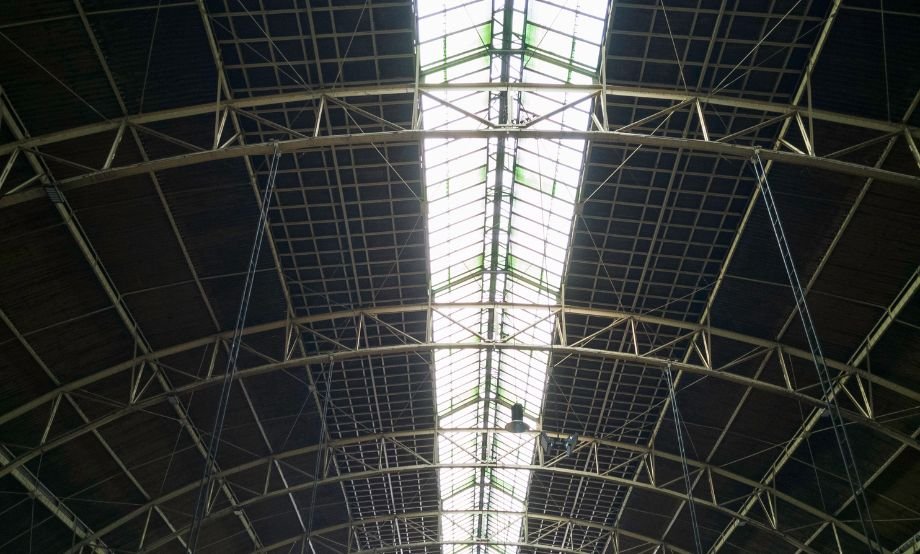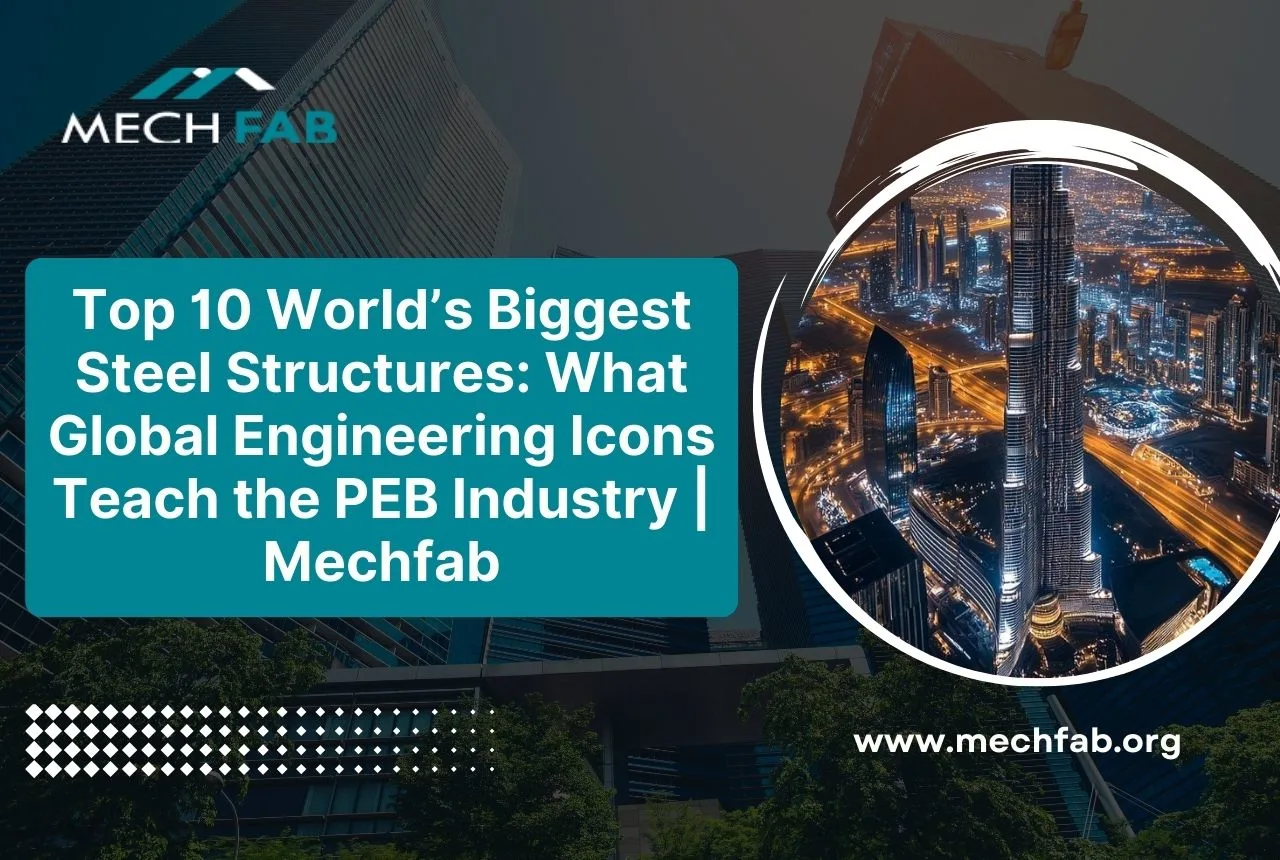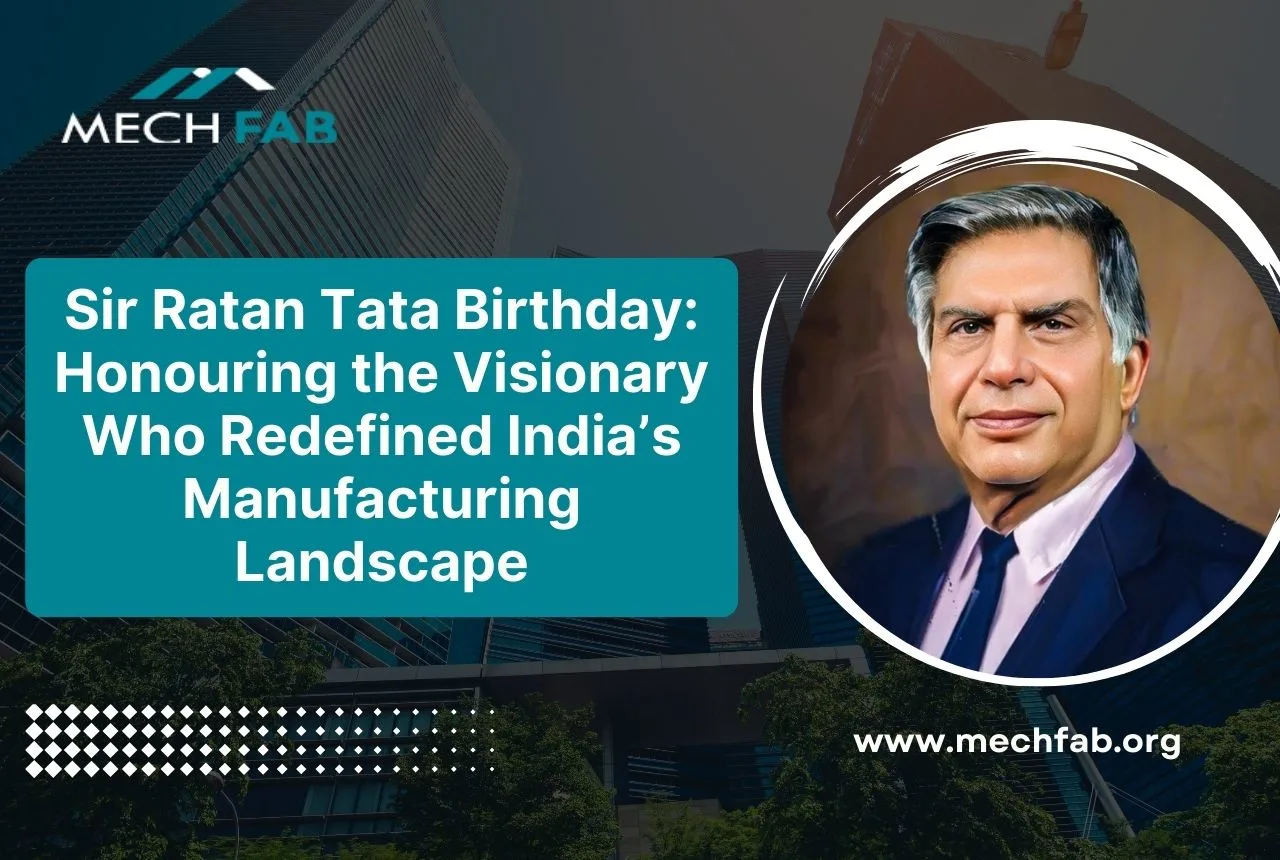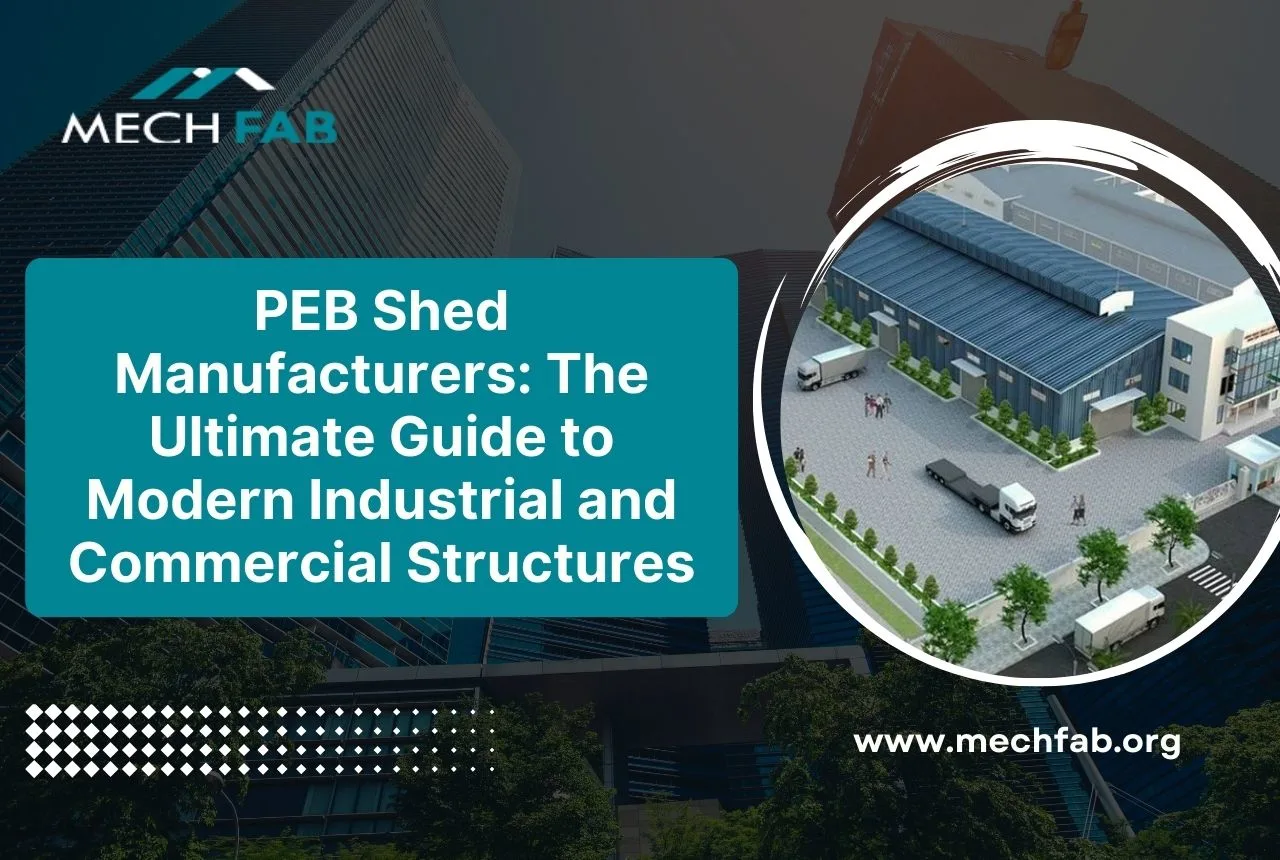The new age construction industry has shifted to seek the advantages of Pre-Engineered Building Structures from its ancient methods of using concrete, masonry and wood for building structures. We know on-site constructions are not only time consuming but pose multiple safety hazards for everyone.
Innovation in technology has demanded the change in construction methods and projects. Where pre-engineered steel buildings made with more sturdy and better materials are high on demand. Although designed as two different engineering methods, both use the same materials. Design, foundation, framing and finishing methodology stays the same.
So, what are the up-sides of building structures? Let us dive right into it!
1. Rapid Construction Process

The traditional method of construction is time consuming due to its step-by-step building process. A proper foundation and excavation needs to occur before the framing could even begin. Only after full completion of a step, builders can schedule the future actions. Hence the efficiency of workers makes it complicated for completion of projects. When constructing each component anew, a common practice in traditional construction approaches, even a minor construction project may extend to a duration of six to ten months.
2. Structural Strength and Durability

One of the biggest benefits of PEB structures is the use of steel as a core construction material. Steel being of the strongest and most flexible building materials provides multiple design ideas. With a greater strength-to-weight ratio than wood, steel is the best material for construction available.
Steel exhibits resilience against harsh weather conditions such as high winds, severe snow storms, hurricanes, and earthquakes. Unlike wood, steel is impervious to termites, creeping, cracks, splitting, rotting, and fire. Metal building structures are typically treated with specialized coatings like galvalume to safeguard their paint and surfaces against rust.
3. Freedom of Designing
Suitable for complex designs, pre-engineered building structures are both time and cost-efficient. With low labor costs and less construction waste, this new method of construction is perfect for modern architecture. The use of lightweight and flexible material in pre-engineered building structures keeps the foundation of the building sturdy and secure for ages.
Equipped with dynamism, the benefit of pre-engineered building structures is their quick modification process. PEB structures are economically feasible for pre and post-construction due to their low maintenance. All of these features give the builders and engineers more space to be creative and work their craft. Expansion of pre-engineered buildings typically involves the removal of the building’s end, the installation of the new framework, and the addition of corresponding roof and wall panels. This gives the right to choice for everyone involved in the construction of the structure.
4. Reduced Costs
As pre-engineered building components are engineered to fit together, it makes the construction easier. Assembly is less complicated when compared to traditional methods. As the components are prepared in-plant, even low-skilled workers are capable of putting them together. Making the process cheaper to comprehend and conclude.
Aided with modern computer software designs and manufacturing processes these structures cost less with AI being induced. By leveraging pre-engineered buildings, construction costs can be slashed by over 50%, thanks to the combination of decreased construction time and a lower skill threshold required for assembly.
5. Factory-Controlled Manufacturing in Pre-Engineered Structures
Factory-controlled manufacturing in pre-engineered structures revolutionizes the construction industry. It optimizes the production of building components in a controlled and efficient environment. Incorporating artificial intelligence design assistance called advanced computer-aided design (CAD). This kind of software helps the construction be precise.
The structural integrity of the building could be looked into in detail. This not only helps the engineers but also makes the entire structure well-planned and cost-efficient. In factory-controlled manufacturing, the fabrication process gets automated. Where machinery cuts, welds, and shapes materials with meticulous precision.
Hence, it opens avenues for simultaneous construction with reduced duration for construction. Even Quality control measures are stringent, including non-destructive testing and dimensional checks, guaranteeing that each component meets the required standards. All of these specific details make PEB structures the best building companion.
6. Energy Efficient
Energy efficiency in pre-engineered structures is a paramount consideration that underscores the sustainability and long-term viability of these modern construction solutions. These structures, often built with materials like high-strength steel, are designed with energy-efficient principles in mind. Multiple construction processes like insulation installation, reduced thermal bridging and overall power performance can be done with precision and efficiency.
One of the greatest benefits of pre-engineered structures is its ability to integrate multiple technologies. Makes it seamless to install advanced HVAC systems, lighting controls, and renewable energy technologies. The design flexibility inherent in these structures enables the incorporation of endless features. Such as the use of large windows for natural daylight. There are other ways that PEB structures are energy efficient.
7. Lightweight
The concept of lightweight construction is a defining characteristic and a significant advantage of pre-engineered structures. The use of high-tensile materials like steel makes the entire design lightweight and strong. These lightweight materials have further developed simplicity while transporting parts across different locations with ease.
The factory manufacturing units can also develop different parts in accordance with the needs of the building or construction. Additionally, the lightweight nature of pre-engineered structures makes them adaptable for a variety of applications, including rapid deployment in remote or challenging terrains.
Why Choose Steel Pre-Engineered Structures for Your Upcoming Construction
Let us look into one of these materials with more details.
a. Flexibility – The advantages of Pre-Engineered Building Structures are enhanced by the use of modern flexible steel in it. Steel has high adaptability which allows it to be versatile for construction. Different requirements are fulfilled when it comes to creativity with steel and its longevity also gives the project strength. Creations like open interior spaces, strong supporting columns, and expansive structures like warehouses. All of these ideas become possible with steel-infused structures.
b. Safety – The safety of steel in pre-engineered structures is a paramount consideration that underscores its popularity in the construction industry. Steel’s strength properties make it really safe while constructing. The application of steel in pre-engineered structures encompasses several critical aspects, encompassing structural strength, fire resistance, pest resistance, stringent quality control, adherence to building codes, and minimized construction risks. Collectively, these factors establish pre-engineered steel structures as a dependable and secure option for a diverse array of construction projects.
c. Eco-friendly – With strength and durability, steel also comes with its eco-friendly properties. The greatest contributor to sustainable construction methods, steel has recyclability, waste reduction, durability, energy efficiency, lightweight construction, adaptability, reusability, and potential for green building certifications. It is evident with the increase in the usage of steel in construction that next-gen builders are going the right way.
Conclusion
Although not ideal for different project types, pre-engineered structures still have their advantages. Pre-engineered structures prove to be well-suited for a range of commercial and industrial construction endeavors, encompassing applications such as pole barns, warehouses, garages, self-storage facilities, and office buildings.
Pre-engineered buildings offer a swift turnaround, with the potential for delivery within two months. With simplified scheduling involving fewer subcontractors, rapid installation, and minimized waste, the pre-engineered steel building approach not only accelerates the construction process but also lowers costs and enhances overall productivity.






